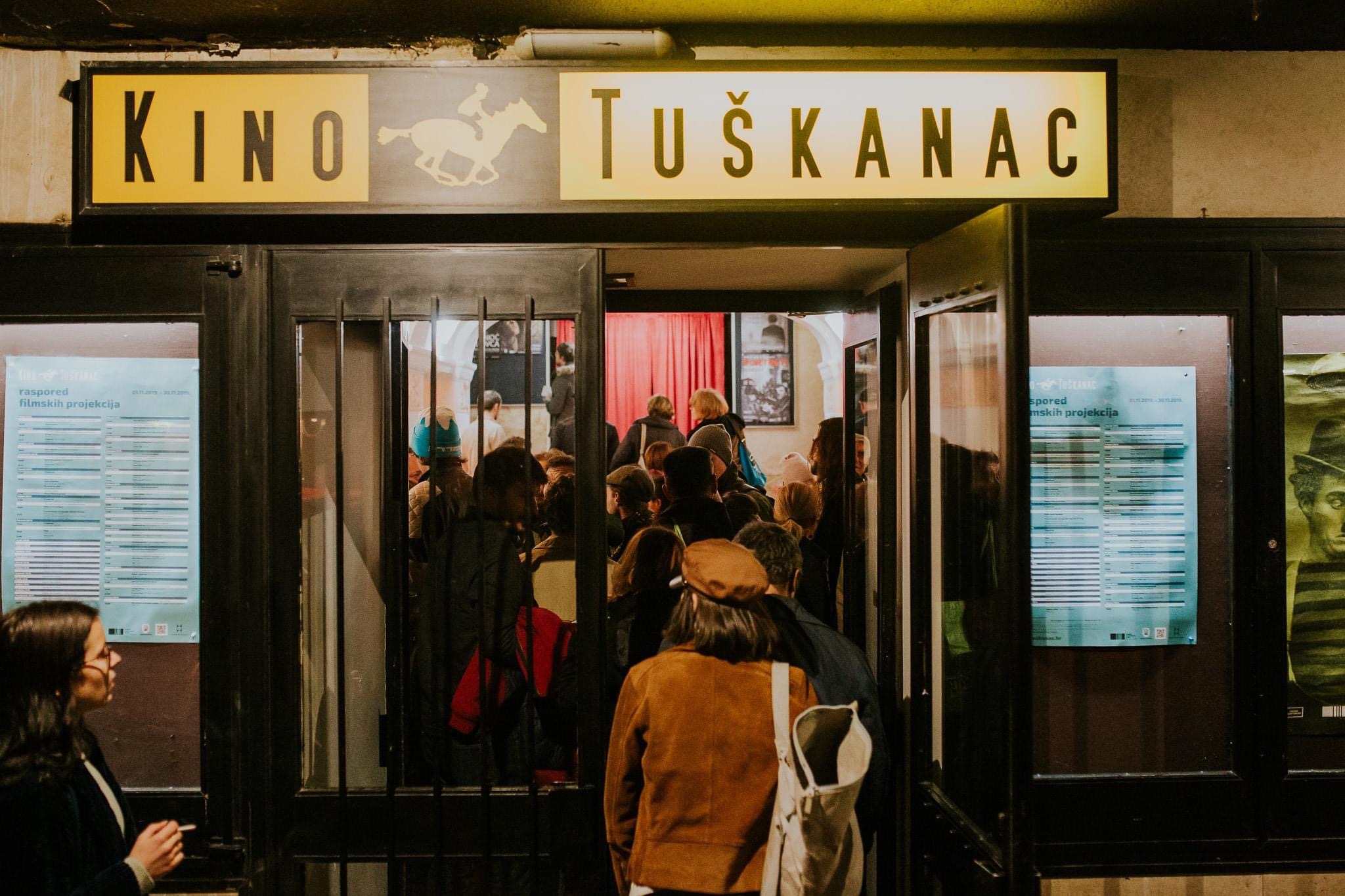Croatian Cinemas Record Increasing Number of Post-Pandemic Visitors
May the 29th, 2023 - Film lovers have begun returning to Croatian cinemas in gradually greater numbers in the post-pandemic period, but we're still nowhere near the numbers of cinema-goers we once saw before the coronavirus pandemic struck back at the beginning of 2020.
As Poslovni Dnevnik/Marija Brnic writes, for the second year in a row, people have gradually been returning to Croatian cinemas in greater numbers and more and more films are being watched, but those numbers still haven't reached the levels they were at before the outbreak of the global coronavirus pandemic.
Croatian cinemas were of course closed due to epidemiological measures in force at the time which prohibited, among other things, the gathering of larger numbers of people indoors. According to the CBS data, compared to 2021, last year, the number of films shown increased by 9 percent, and the number of visitors to Croatian cinemas by 22 percent, while compared to the pre-pandemic results, the number of screenings almost reached the levels we saw back in 2019.
In accordance with the return of viewers to Croatian cinemas, income from ticket sales also increased by 25 percent. The biggest growth of all was recorded by concerts, plays and other alternative events, which increased by 138 percent compared to 2021, but they have the smallest share in the entire structure.
The number of Croatian cinemas has also increased, and the country is currently richer for three more than it was back in 2022. It's also interesting to note that the City of Zagreb isn't home to the largest number of Croatian cinemas. There are twice as many cinemas in Split-Dalmatia County, 16 of them in total, and 9 in Primorje-Gorski Kotar County.
However, Zagreb still has the largest number of movie theatres with the largest number of visitors. Of the 189 cinemas across the Republic of Croatia, 52 of them are located in Zagreb, 34 are in Split-Dalmatia County, and 20 can be found in Primorje-Gorski Kotar County, and the ratio of the number of films shown and viewers of them in those cinemas is similar. A total of 181.6 thousand films were shown last year, with 3,159 viewers, and of these, the most films shown (67.5 thousand) and viewers (1.4 million) were in Zagreb's cinemas. Four Croatian counties - Krapina-Zagorje, Koprivnica-Krizevci, Pozega-Slavonia and Brod-Posavina - all have at least one theatre hall each, with Krapina-Zagorje having the smallest number of films screened.
Most Croatian cinemas boast between 200 and 300 seats, and only one has more than two thousand in total. It's also worth noting that 508 people were employed in various Croatian cinemas, almost all of them on full-time contracts, and from the sale of tickets last year, Croatian cinemas earned a total of 111.2 million kuna gross, while alternative content brought them 1.7 million kuna kuna.
Back in pre-pandemic 2019, there was actually a record number of viewers recorded visiting Croatian cinemas, higher than in the previously record year of 1994, a total of 5.03 million of them, but as a result of the global public health crisis, that number fell to 1.5 million.
For more, check out our news section.
A Short Guide to Independent and Art Cinemas in Croatia
July 5, 2022 - Summer is the time for major commercial movie releases, and you can see them at any mall in the country during your vacation. But if classic cinema or independent cinema (local and international), are your thing, you should check out these art cinemas in Croatia and their summer programs.
"The bad thing about cinemas in Croatia is that the movies have no subtitles," is frequently heard. Half true, half false. If they are local films, they will be shown in Croatian and without subtitles. If they are international films, they will be screened in their original language and with Croatian subtitles. For many, this can be demotivating, but as the director of movies like 'Parasite', 'Memories of Murder' or 'The Host', the great Bong Joon Ho once said: ''Once you overcome the one-inch tall barrier of subtitles, you will be introduced to so many more amazing films''. Yes, it is true that if you don't speak or understand Croatian it will be very difficult for you to follow scene after scene of a local film. I say this from first-hand experience.
But all this is assuming that I am talking about big movie theater chains like Cinestar or Cineplexx. These cinemas have programming similar to the rest of the world, with the main Hollywood premieres, animated films, and the occasional independent film. However, there is a magical world waiting to be discovered in independent cinemas and art cinemas in Croatia. These cinemas not only serve occasionally as venues for important festivals or talks, but also have monthly programs rich in independent cinema and classic films. It may be that while you are in Croatia, one of these cinemas is screening a film in your language or even from your own country. If those stars do align, you should seriously consider living this experience!
Zlatna Vrata, Split
If there's one thing you really should brag about to your friends, it's that you saw a movie inside a 1,700-year-old Roman palace. Located at the north entrance of the palace, better known as the ''Golden Gate'', this small cinema bears the same name but in Croatian, ''Zlatna vrata''. If you walk down Dioklecijanova Street inside the Palace, it is very likely that you will come across its programming, posted on the same street. In June alone they had an excellent mix of films, such as a tribute to both Italian director Federico Fellini and French actress Isabelle Huppert, as well as an in memoriam to the late Greek composer Vangelis, and films belonging to the 15th Mediterranean Film Festival Split.
Some of the films that the Kinoteka Zlatna Vrata will screen this week are the following:
- Tuesday 5, 20:00 ''Nowhere Special'', 2020. Uberto Pasolini, 96 min. UK/IT/RU
- Wednesday 6, 20:00 ''Parallel Mothers'' (Madres Paralelas), 2021. Pedro Almodovar, 123 min. ES/FR
- Thursday 7, 20:00 ''Never Rarely Sometimes'', 2020. Eliza Hittman, 101 min. US
- Friday 8, 20:00 ''House of Gucci'', 2021. Ridley Scott, 157 min. CA/US
- Saturday 9, 20:00 ''Goodfellas'', 1990. Martin Scorsese, 146 min. US
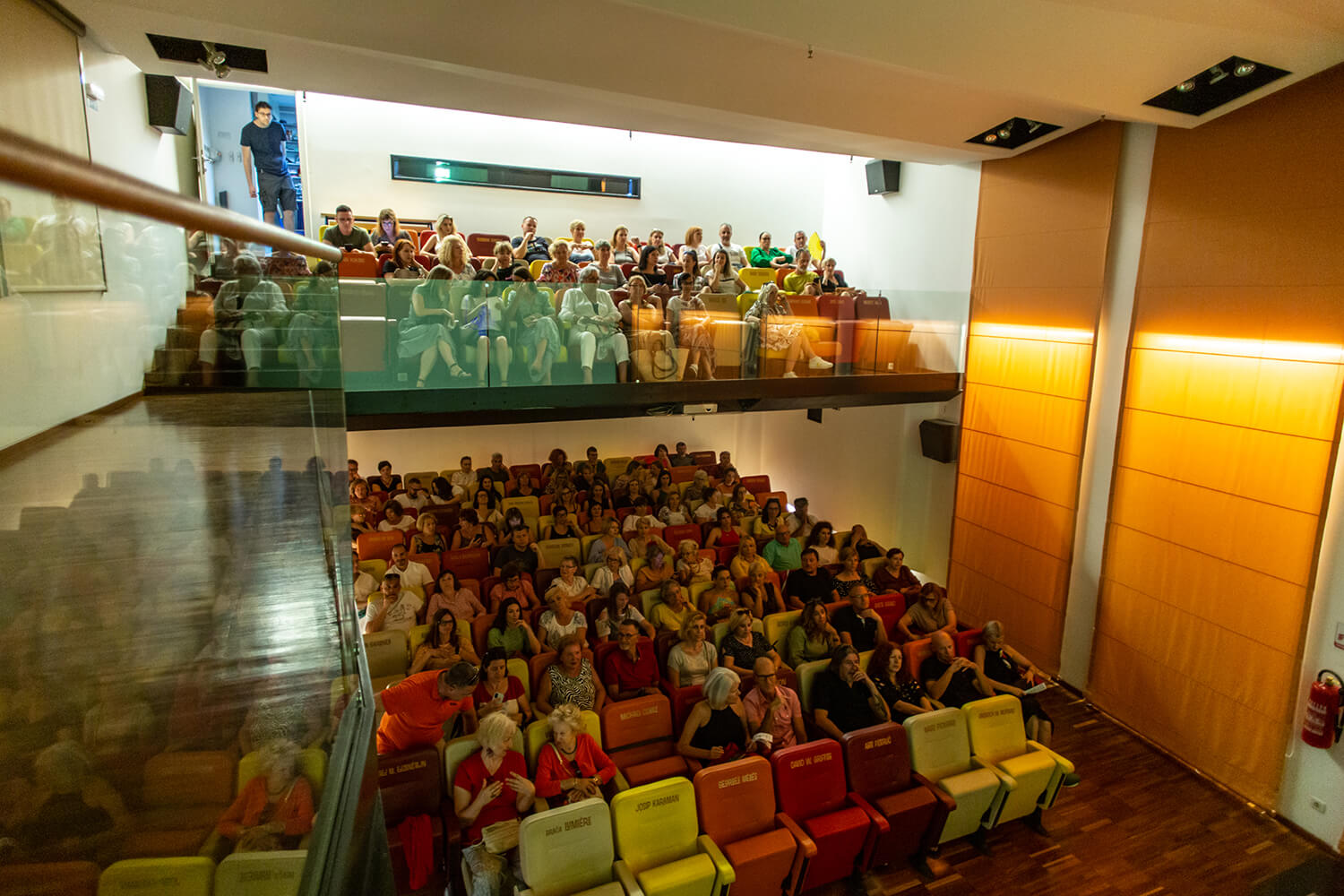
Image: Mediterranean Film Festival Split/Facebook
Art Kino, Rijeka
Art Kino literally translates to Art Cinema, and the one in Rijeka is one of the most recognized and respected in the whole country. Much loved by the local population, both young and old, Rijeka's Art Kino makes superhuman efforts to create weekly and monthly programs that, in addition to including workshops and talks, seek to promote films from all over the world and also from young filmmakers, with the objective of bringing its inhabitants closer to the seventh art. The Art Kino, in addition to constantly showing films, is also the venue for renowned festivals such as the History Film Festival, as well as the Students International Film Festival. Click here to see this week's program.
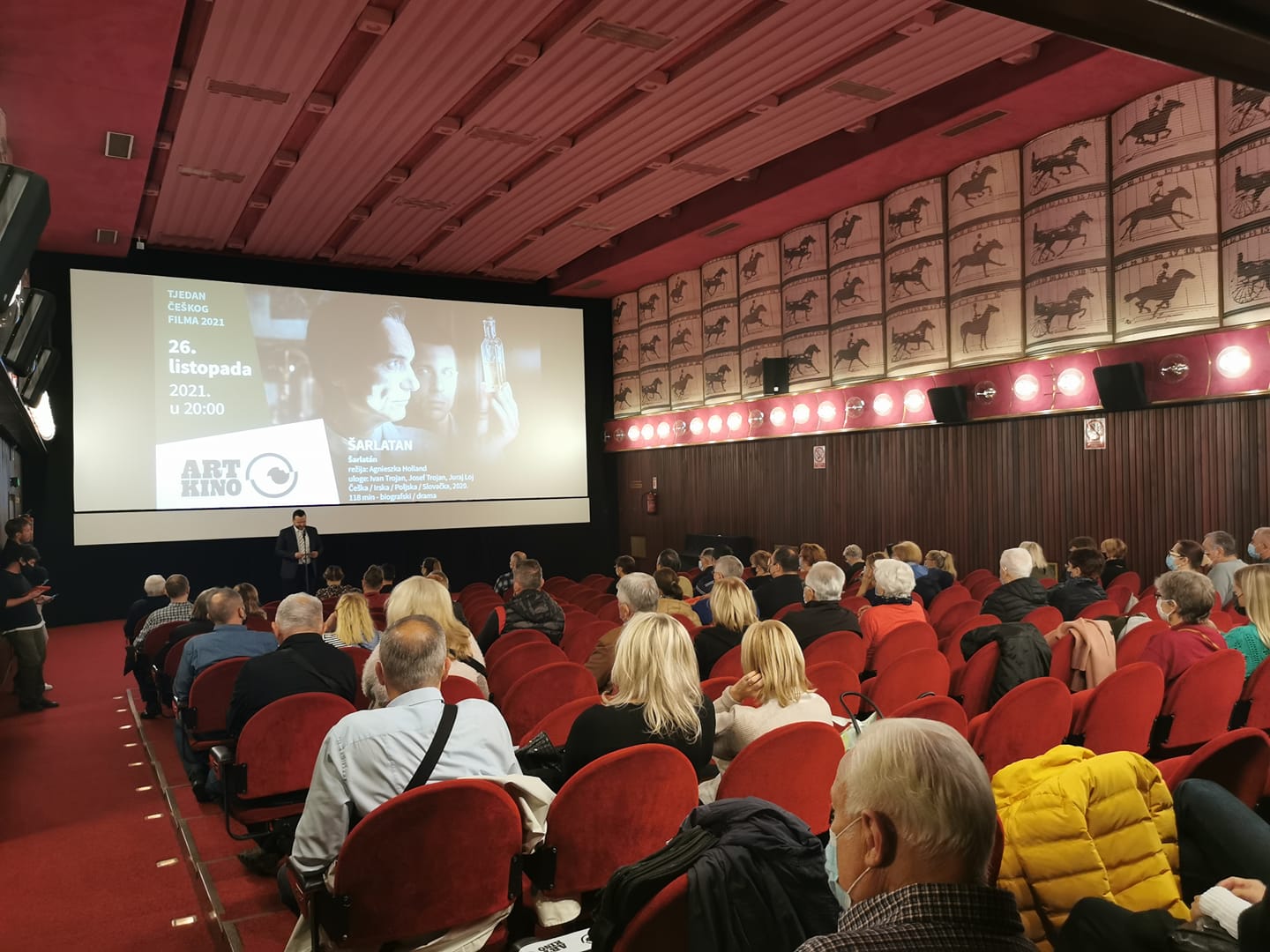
Kino Tuškanac, Zagreb
It is difficult to choose just one cinema in the Croatian capital where people of all ages come together to enjoy the best of national and international cinema, even in its most unconventional forms. However, the Kino Tuškanac has positioned itself as one of the most important not only in Zagreb but throughout the country. And its importance is not only proven in its program, but in the events that take place there. Festivals such as ZagrebDox, Croatian Film Days, or the Zagreb Film Festival itself screen many films from their official program at Kino Tuškanac. Many young film students have also had the privilege of premiering their short films in this cinema, and I think this represents very well the value of this cinema in promoting emerging talent. Currently, Kino Tuškanac is screening films by the great Alfred Hitchcock as part of a special summer program. Click here to learn more about this week's program.
Image: Kino Tuškanac/Facebook
Kino Zona, Zadar
Dalmatia has little or nothing to envy the film industry in the north and center of the country, and this is evident in its growing festivals and art cinemas. One in particular that deserves a lot of attention is the Kino Zona in Zadar, which has movie programs throughout the year and special summer programs. Not only does it seek to popularize recent domestic and international feature films with proven success at festivals, but it also seeks to generate a retrospective culture with classic and acclaimed films. Also, in the Kino Zona in Zadar, you can find meetings with filmmakers, roundtables, talks, and workshops that will allow you to get closer to the wonderful world of cinema. Click here to see this week's program.
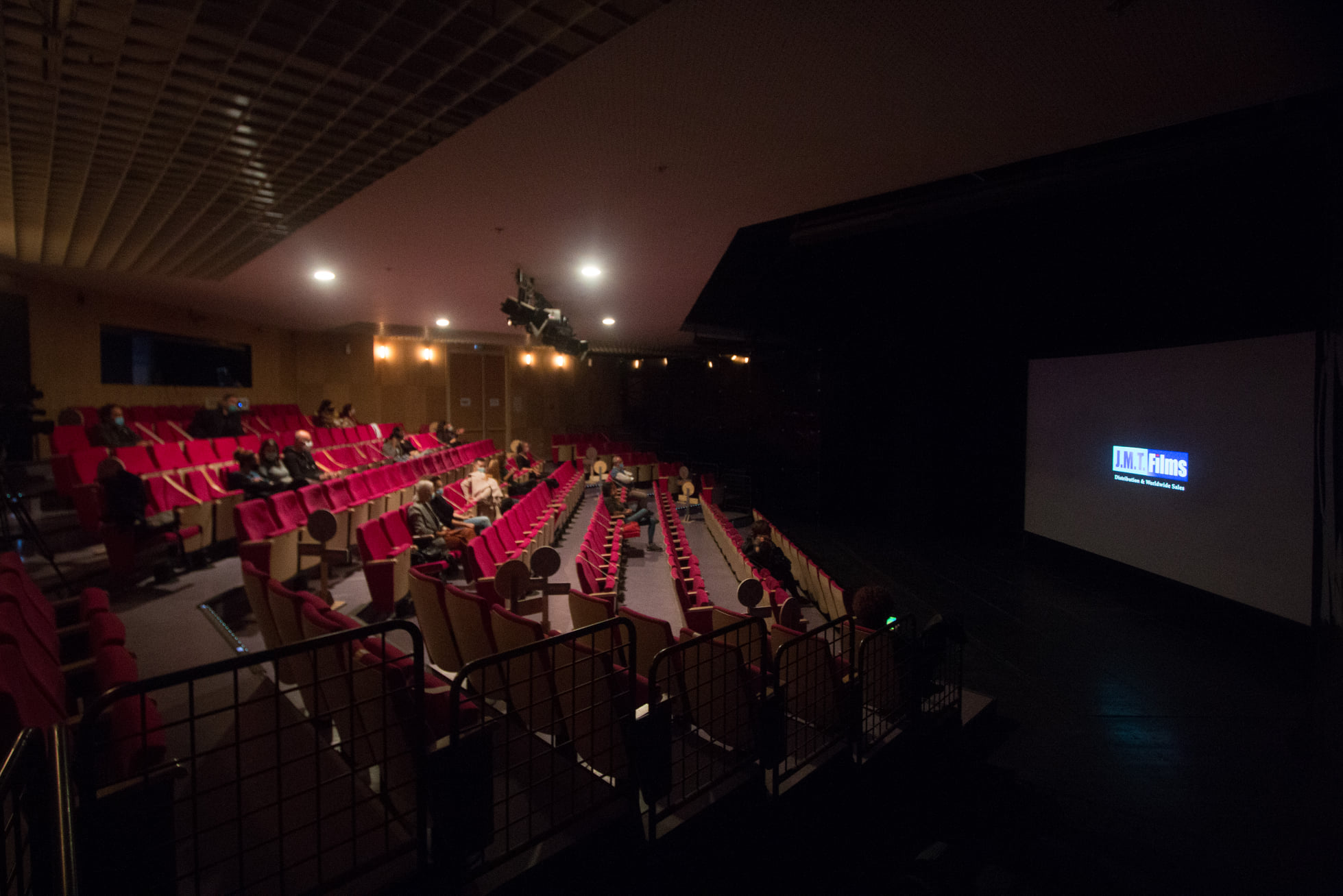
Image: Kino Zona Zadar/Facebook
Kino Urania, Osijek
When we speak of the Kino Urania in Osijek we speak of a true institution in the country and worthy of reverence. The Kino Urania first screened a film in 1912 and has been a major landmark in eastern Croatia ever since. Although today its program also includes commercial premieres and blockbuster films, Kino Urania has always assumed an important role when it comes to the promotion of independent domestic films. There is no better feeling than sitting watching a movie in one of the oldest cinemas in Croatia. Take a look at this week's prorgram here.
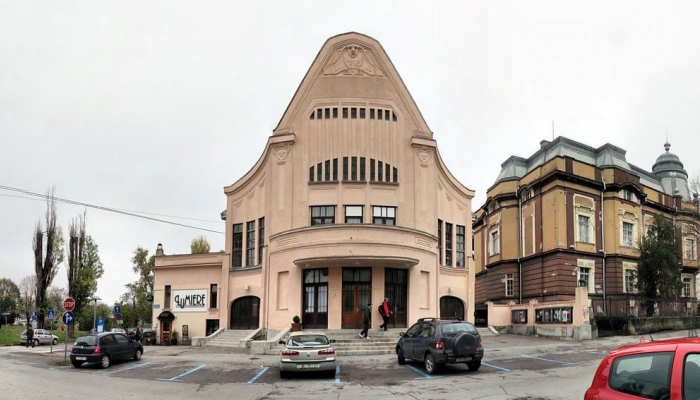
Image: Croatian Audiovisual Center
For more, check out our lifestyle section.
Cinemas See 70% Drop in Number of Visitors in 2020
ZAGREB, 1 April (2022) - The national statistical office has released data on cinematography in 2020, which confirm that cinemas and films were the part of the culture and art sector most affected by the coronavirus pandemic in the first year of the pandemic.
Compared to 2019, the number of screenings in 2020 was down by 48% and the number of visitors by 70%. Due to the closing down of all cultural and educational institutions, as many as 51% of cinematographers worked from seven to ten months in 2020.
The number of screenings and visitors dropped significantly in all counties, except for Karlovac County, where it grew compared to 2019.
The six open air cinemas that operated in 2020 saw an increase of 108% in screenings and a 53% increase in the number of visitors, which shows that epidemiological restrictions prompted a much larger number of visitors to watch films in the open.
Cinema operators in 2020 also saw a significant drop in ticket sales, with their total gross revenue down 70% from 2019.
Open air and mobile cinemas saw the smallest drop in revenues, of 11%, from 2019.
Seventy-five cinematographers operated in 2020, with 46 operating one screen and 22 more than one.
There were 18 independent cinematographers and 57 that operated as part of other business entities.
A total of 6,382 films were shown at 99,106 screenings, of which 2,422 were screenings of Croatian films. There were 1,503,306 viewers, of whom 31,953 watched Croatian films.
The number of cinema employees dropped 14% from 2019.
For more, check out our business section.
Cinemas In Croatia Reopen After 5 Months
August 15, 2020 - You'll be able to go to the movies again from Thursday 20 August
After almost five months of closure, Croatia's cinemas are reopening their doors. The country's largest cinema chain, CineStar, will begin showing films again on Thursday 20 August, with the second-largest, Cineplexx starting their screenings six days later.
The Croatian Institute of Public Health (HZJZ) released epidemiological recommendations for multiplex cinemas on Monday. There will be a necessary one seat gap between each group visiting the cinemas, which will automatically occur in all bookings made in advance online and on the day at the box office. A distance of 1.5 meters must be observed in the hall or lobby in the cinemas between each group. The measures are expected to reduce cinema capacity to 50%.
Other cinema epidemiological recommendations include:
- Regular hand disinfection, coughing into the elbow or handkerchief.
- Masks are not mandatory in the hall.
- Air conditioning is permitted but must be thoroughly cleaned.
- A distance of 1.5 meters or one place must be observed by people inside the halls.
- Every other seat will be empty; families and people from the same household can sit next to each other.
- Customers should leave the screenings "one by one", with visitors closest to the exit coming out first.
- The start of screenings to be staggered to reduce large groups congregating in lobbies at the same time.
- It is recommended to keep the details of visitors buying tickets online.
- Protective barriers and ensuring contactless payment are mandatory when buying at the box office.
Croatian Theatres and Cinemas Opening Today, Rules Published
As Croatia continues to loosen up its formerly stringent anti-epidemic measures to try to slow the spread of the new coronavirus, COVID-19, the question as Croatian theatres and cinemas re-open their doors is just when big concerts will actually start up again.
As Poslovni Dnevnik writes on the 18th of May, 2020, Croatian theatres and cinemas up and down the country have had their doors closed, or better to say their curtains drawn, for a couple of months now. But as of today, those measures are also being loosened up. In theory, you can go to the theatre or to the cinema, but in practice, things will be a little harder.
There are still no announcements yet as to when gigs will take place. Croatian musician Ivica Gluncic is also waiting for the support of the music union, which he has not yet received as a minor musician. This is a difficult year for his band.
"We have contracts that we signed before the beginning of the music season, in February and March alone everything was being cancelled until further notice, we have no information as to whether anything will change," stated musician Ivica Gluncic.
Times are also challenging for big halls, writes Dnevnik.hr. Arena Zagreb is preparing for concerts and sports events in the ''new normal'' with a distance of one and a half metres implied, which means a much smaller capacity.
''We could accommodate somewhere around 6,500 people. We'll work with reduced capacity and even offer the opportunity to host the same concert for two days, if there's any interest in that,'' said Sretan Saric, the director of Arena Zagreb.
However, the question is when big concerts will actually start. More detailed instructions from National Civil Protection Headquarters are still being waited on by those in the field.
''The whole industry is suffering,'' watned Saric.
Unlike music gigs and concerts, cinemas have a slightly clearer situation in front of thm. This week, they'll start working once again with all of the prescribed measures in place. One person at a time will enter, and in the audience, you guessed it, there will be a mandatory distance of a metre and a half.
''This means that there's room for 52 spectators to fit in the hall. It's not very profitable, but we'll start working like that until the situation re-normalises,'' said Marko Rojnic, head of film programmes at the popular Kino Tuskanac.
For more, follow our lifestyle page.


